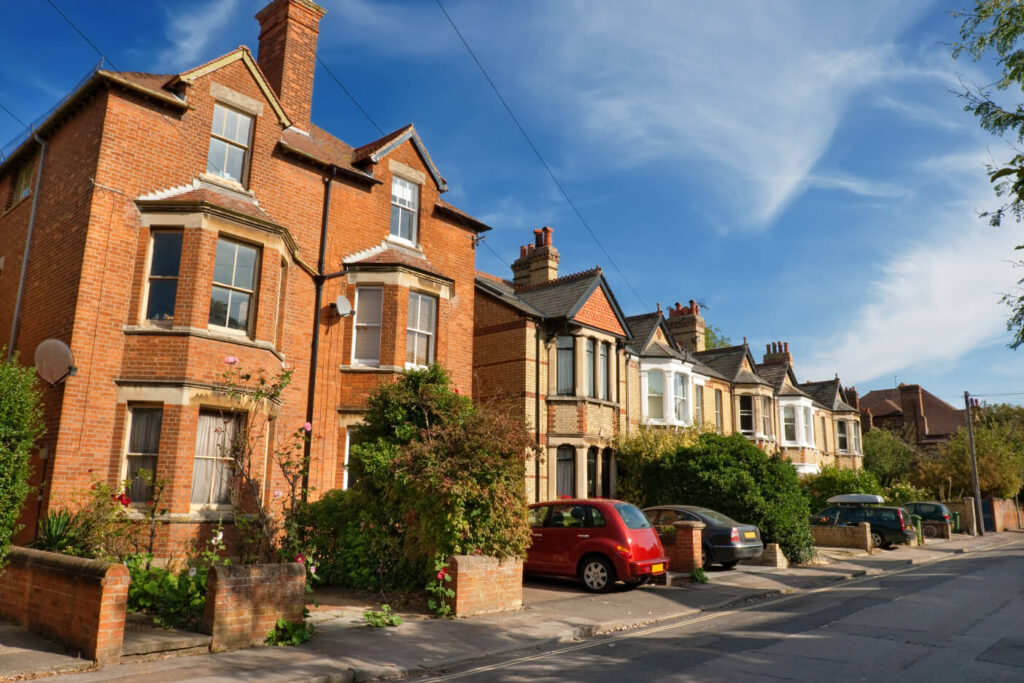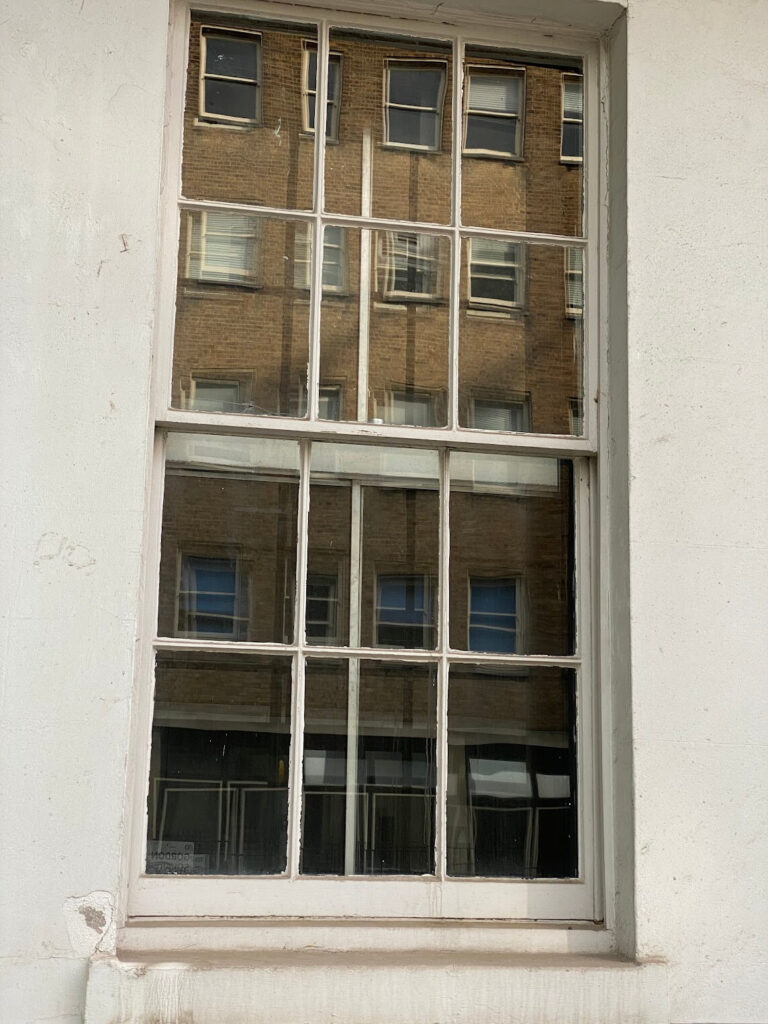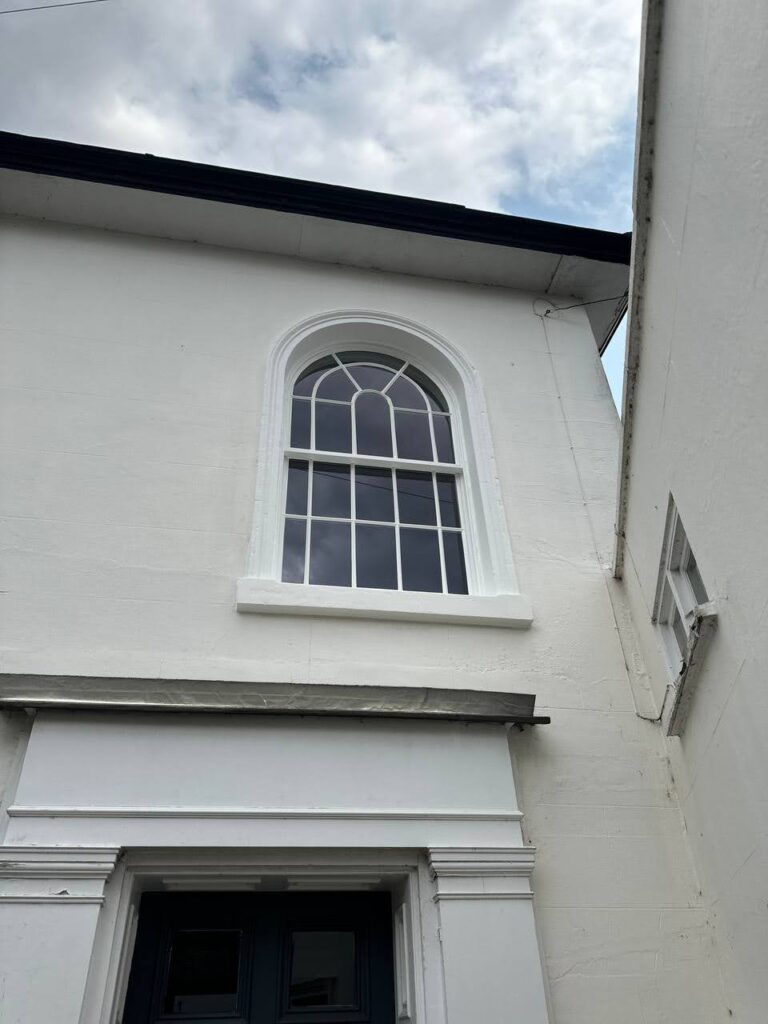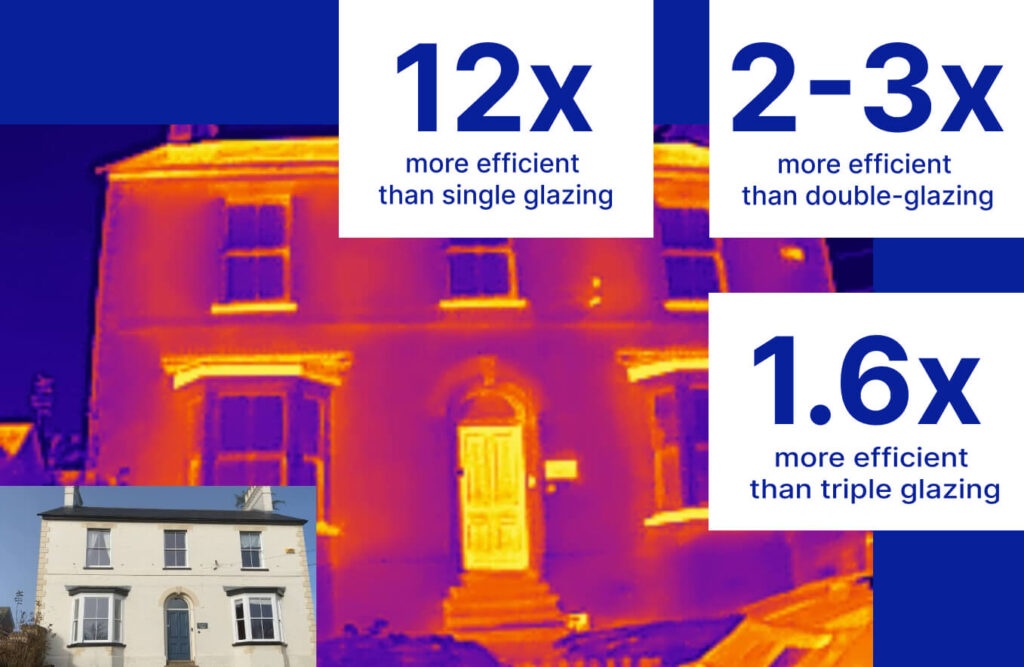
Why homeowners might want to instal secondary glazing

Research into listed buildings’ secondary glazing is often prompted by the first winter spent in a Grade II listed house. It’s a well-known fact that old single-glazed properties can come with a compromise on comfort.
Draughts, noise and an environment that may not be as warm as you would like are often the hallmarks of living in a 19th or 20th-century house with single-glazing and old cottage timber frame windows.
The challenge with listed properties is that any structural alteration is subject to restrictions, so you cannot just change the old windows for modern sealed units.
The local Conservation officer has to give permission for any change to the windows, and the householder will be limited on the types of glazing and frames they can choose.
However, a quick internet search will reveal the option of secondary glazing as a realistic alternative, and it’s cheaper too.
The disadvantages of secondary glazing
Secondary glazing can seem like the answer – it’s cheaper than a full window replacement and can solve the problem of obtaining listed planning consent for new windows or double glazing. It’s also pretty quick to fit.
However, secondary glazing can present the homeowner with some issues and may not turn out not to be such a perfect solution, here’s why:
- Condensation – secondary glazing will not reduce the level of condensation, which is one of the biggest bugbears with single glazing in old houses
- Window access – is more limited as there are two windows to open rather than one
- Reduced sill area- the window sill is reduced in size with secondary glazing, particularly if this area is used for displaying plants, books or ornaments
- Aesthetics – secondary glazing can look cumbersome and completely spoil the interior of a characterful room
- Cost – prices range between £700 and £1,500 per window; considering the issues that secondary glazing can have, this does not always represent a good return on investment. Secondary glazing may appear to present a cheaper initial outlay compared to some double glazing retrofitting products, but it won’t ultimately deliver the improvements and often represents poor value for money
What is an alternative to secondary glazing for listed buildings?
Fineo glass can properly reduce the level of condensation and will not affect the character and charm of your period windows.
It is slightly more expensive at the point of installation than secondary glazing but doesn’t have any of the problems or drawbacks associated with the latter.
Retrofitting vacuum double glazing starts from £1200 for a single Victorian or Georgian sash window.
Still, it will offer the householder thermal performance, superb energy efficiency and a warmer environment.
Best of all, the style and character of the original windows are preserved so the householder can enjoy modern, 21st-century comfort in their period home. This is money well spent.
Read more articles

Georgian windows – History and Timeless Design
Georgian windows – History and Timeless Design
Victorian windows
Victorian windows
Repair or Replace Sash Windows – Is There a Third Option?
Repair or Replace Sash Windows – Is There a Third Option?
